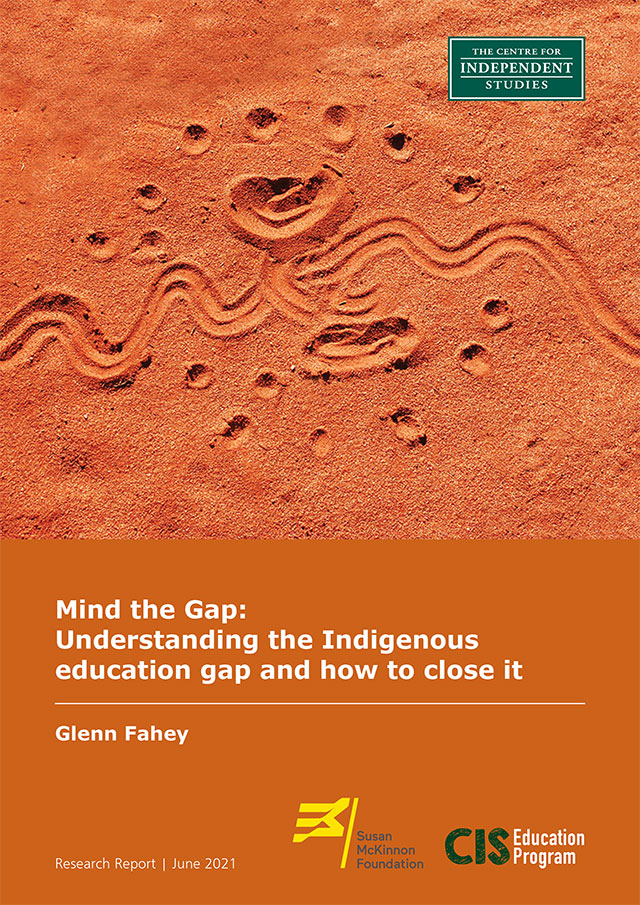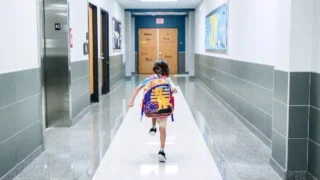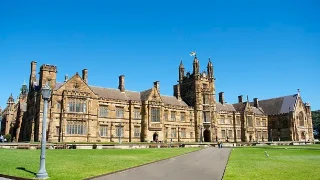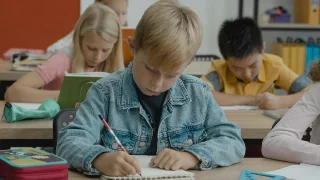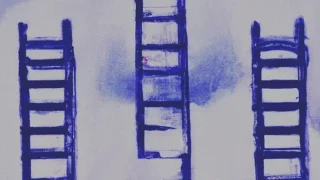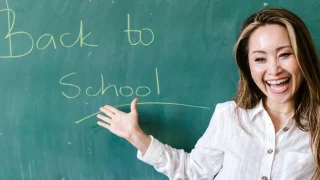
Indigenous education disadvantage remains among the most pressing and persistent public policy challenges in Australia. Despite bipartisan and intergovernmental commitment to ‘Closing the Gap’, has done little to move the needle in education outcomes.
Dispiritingly poor Indigenous education outcomes persist despite the best of intentions, considerable investment of resources, and countless programmes and initiatives of policymakers. This research examines sources and extent of Indigenous educational disadvantage and proposes how policymakers can better meet the ambition of closing the gap.
While Indigenous students make similar progress at school to their non-Indigenous peers, they are more likely to start behind them — especially, but not exclusively, in remote schools. While there are some isolated examples of significant catch up of students in remote majority Indigenous schools, to date this has not been systematically replicated on a larger scale.
Around half of the difference in Indigenous student achievement results from lower levels of parents’ school and post-school educational attainment. Differences in most school-level factors — such as schools’ remoteness, size, sector, funding, and staffing ratios — aren’t directly to blame for student achievement gaps. The single most important measured factor explaining the student achievement gap is difference in school attendance rates.
Understanding the Indigenous education gap: overview
Indigenous students make similar academic progress in school, but have far lower starting scores on average
- By and large, Indigenous students make similar progress at school to their non-Indigenous peers.
- However, they are more likely to start behind them — especially, but not exclusively, in remote schools.
- While there are some isolated examples of significant catch-up of students in remote majority-Indigenous schools, to date this has not been systematically replicated.
- This means that, for many Indigenous students, there is no academic catch-up with their peers.
- There is some evidence to suggest Indigenous students’ achievement is improving over time in some states, and that the achievement gap is slowly reducing — though progress against student achievement Closing the Gap targets has been mixed. International assessments indicate improvements in science, but reading results are mixed.
- High levels of NAPLAN non-participation (especially in remote areas and high schools) limits the ability to draw conclusions about the state of achievement for many Indigenous students. For example: only around half of the Northern Territory’s Indigenous students sit Year 9 NAPLAN tests.
There’s a wide distribution of Indigenous student outcomes and backgrounds
- 18 per cent of Indigenous students can be identified in an educationally vulnerable group by Year 3. They are mostly located in remote locations, come from families with parents who are not employed, from a non-English speaking background, in relatively small schools, and in a majority-Indigenous school.
- Most Indigenous students are in low and moderately achieving mainstream schools in Year 3.
- A small number (around 1 in 20) are in high achieving, metropolitan schools in Year 3.
Around 65 per cent of the student achievement gap is accounted for by differences in measurable student, school, and home factors
- After accounting for measurable student, school, and home differences, Indigenous students achieve around 18 NAPLAN points lower than non-Indigenous students in Year 3. The achievement gap between comparable students in Year 3 is greatest in grammar and punctuation, and smallest in writing.
- Around half of the difference in Indigenous student achievement results from lower levels of parents’ school and post-school educational attainment.
- Over time, reducing the disparities in parents’ attainment, compared with non-Indigenous adults (especially university degree holders), will help close the student achievement gap — around 21 NAPLAN points in Year 3 on average.
- If Indigenous fathers worked in similar occupations and held similar employment status to non-Indigenous fathers, this would result in a further 3 points reduction in the Year 3 achievement gap.
- Differences across most school-level factors — such as remoteness, size, sector, funding, and staffing ratios — make little difference in explaining student achievement gaps; despite Indigenous students attracting around 38 per cent more public funding per student each year. In other words, there are not measured school-level factors that explain why Indigenous students record lower achievement than non-Indigenous students by Year 3.
- The single most important measured factor explaining the student achievement gap can be attributed to differences in school attendance rates.
- If Indigenous students attended schools with similar attendance rates of non-Indigenous students, this would reduce the achievement gap by around 9 NAPLAN points — or around 15 per cent
- Only around 19 per cent of Indigenous students in remote schools attends 9 out of 10 school days — the threshold at which students’ learning is adversely impacted by non-attendance.
- Closing the Gap attendance targets have not been met, as Indigenous students’ attendance has worsened.
Differences across additional unmeasured factors also contribute to the student achievement gap
Around 35 per cent of the achievement gap by Year 3 is due to differences in factors that aren’t measured — such as differences in teacher and teaching quality, school-readiness and early development outcomes, student engagement, parental involvement, and the like.
- However, there is evidence that educationally disadvantaged students, including those in majority-Indigenous schools, can achieve significantly faster learning progress when evidence-based teaching practices are widely employed.
- Indigenous school-age children are around 2.5 times more likely to be developmentally vulnerable or at risk, compared to non-Indigenous children. This is detrimental to early literacy, and is sometimes compounded by health and other issues, particularly in remote communities.
- There is some evidence that attendance in pre-school, but not childcare, in early years can have a small educational benefit, but this is very marginal.
Implications for policymakers
- Closing the Gap targets should directly measure and target student achievement, attendance, and test participation.
- Catch-up targets should be set by school systems to accelerate progress of Indigenous students.
- A suite of measures should help inform progress against catch-up targets, particularly in majority-Indigenous schools.
- Effective school attendance strategies should be shared and replicated.
- Support the sharing of successful instructional practice and scale up effective initiatives.
- Appoint an Indigenous Education Commissioner.
- Improved collection and use of data can help with workforce planning, monitoring effects of early childhood interventions, student attendance, and adult competences.
- Fully closing student achievement gaps will require long term improvements in adult education and employment.
- Review the suitability of the national school funding formula in meeting Indigenous students’ needs
Also by Glenn Fahey: Inquiry into measurement and outcome-based funding in New South Wales schools
SELECTED REFERENCES
Thomson, S.; De Bortoli, L.; Underwood, C.; and Schmid, M. (2019). Programme for International Student Assessment 2018: Reporting Australia’s results Volume 1 Student Performance, Australian Council for Educational Research.
Education Council (2019). Alice Springs (Mparntwe) Education Declaration.
Mellor, S. and Corrigan, M. (2004). The Case for Change : A review of contemporary research on Indigenous education outcomes, Australian Education Review, No. 47, Australian Council for Educational Research.
Griffiths, A. (2011). The Components of Best-Practice Indigenous Education: A Comparative Review, Australian Journal of Indigenous Education, 40, pp. 69–80.
Hattie, J. (2003). Teachers make a difference: What is the research evidence? Paper presented at the Building Teacher Quality: What does the research tell us ACER Research Conference, Melbourne, Australia. Retrieved from http://research.acer.edu.au/research_conference_2003/4/ .
Armstrong, S.; Buckley, S.; Lonsdale, M. et al (2012). Starting school: A strengths-based approach towards Aboriginal and Torres Strait Islander children, Report prepared by the Australian Council for Educational Research, for the Department of Families, Housing, Community Services and Indigenous Affairs.
Craven, R. G.; Ryan, R. M.; Mooney, J. et al (2016). Toward a positive psychology of Indigenous thriving and reciprocal research partnership model, Contemporary Educational Psychology, 47, pp. 32-43.
Australian Institute of Health and Welfare, Profile of Indigenous Australians 2019.
